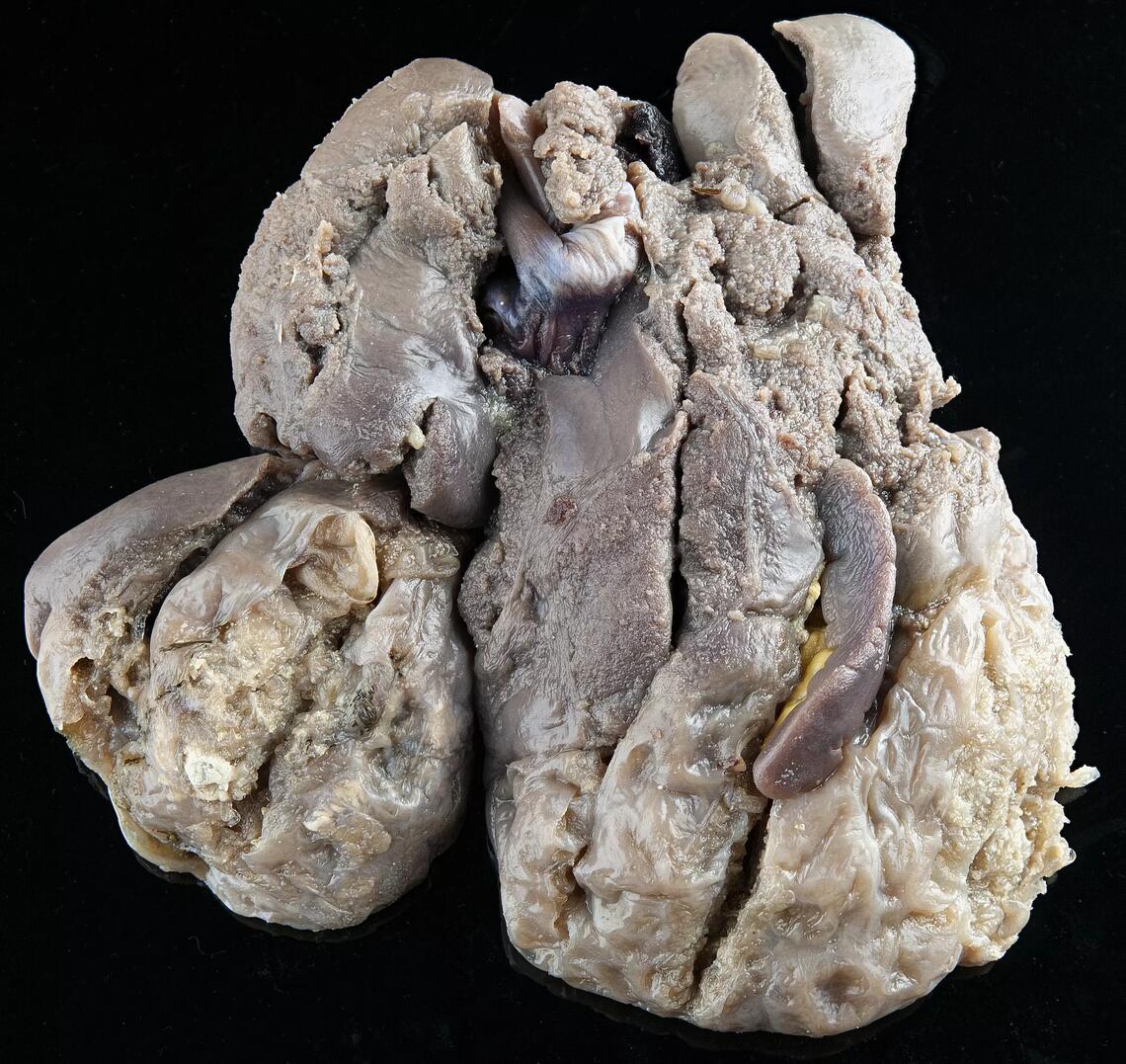
Oct. 13, 2023
Parasite threat to pets and people on the rise in Western Canada
In Western Canada, there's a growing concern about infections caused by a parasite called Echinoccus multilocularis, which poses a serious health risk to both pet dogs and humans. This parasite can lead to a potentially fatal condition in dogs and lifelong treatment in humans.
Research led by Dr. Jamie Rothenburger, DVM, DACVP, PhD, an assistant professor and veterinary pathologist at the University of Calgary Faculty of Veterinary Medicine, has shed light on a previously overlooked link in the complex web of wildlife disease transmission. Muskrats have been found to play a pivotal role in the spread of this parasite.

Lead researcher Jamie Rothenburger.
“Our study fills in an important piece of the puzzle about why this parasite is suddenly causing a problem in Canada. Muskrats can live in diverse habitats that include ponds, streams and dugouts in rural areas and also within cities. Our study shows that they are very good hosts of this parasite and can be a key species that perpetuates its lifecycle in cities like Calgary,” says Rothenburger. The research is published in the Journal of Wildlife Diseases.
The consumption of an infected muskrat, be it by a coyote or a curious domestic dog, sets in motion a chain of events where they may become carriers of the adult tapeworm. From there they disperse the parasite's eggs throughout the ecosystem, potentially affecting more animals and even humans.
To reduce the risk of infection in both pet dogs and humans, take action to prevent interactions between your cherished pets, particularly dogs, and the potential carriers within the rodent population.
“It is important to discuss parasite treatment with your veterinarian,” says Rothenburger. “Dogs should be prevented from consuming animal feces and hunting rodents if possible.”
Moving forward, Rothenburger is excited to pursue more research grants to look further into the role of muskrats in this parasite’s emergence on the prairies.

The livers of 23% of muskrats in the study contained cysts of the Echinococcus parasite.
Paul Gajda







